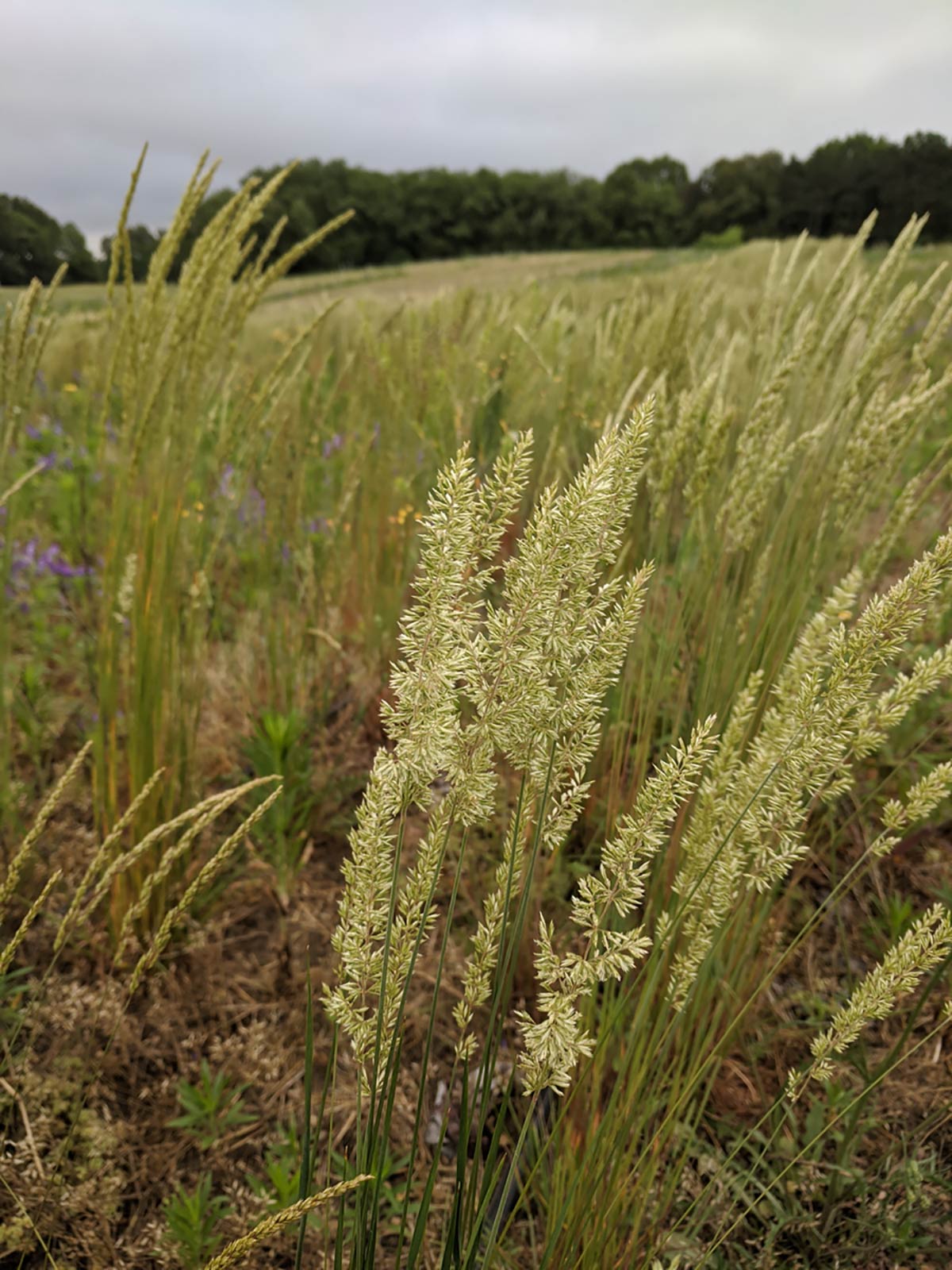Planning your Native Planting
Be patient. Do your research and make a plan. The time you take will produce a better outcome and provide the benefits environmental and aesthetic you’re trying to achieve. The following is only a brief guide. A more complete guide can be found here.
- Specify your objectives and budget
Are you recreating an historic plant community, creating pollinator habitat, mitigating stormwater or just trying to reduce your long-term maintenance? Do you have deep pockets or are you working on a shoe-string budget? - Determine your site and the physical conditions
Soil, moisture, slope, light exposure, and existing (native & non-native) vegetation are key to any plants adaptability. Depending on your site, you may need more than one planting zone. Check NRCS Web Soil Survey if you need help with your soils. - Research typical plant species in the area
Pre-European settlement vegetation, nearby natural areas, and current plant community data will provide a host of native plants that are found in your area. The Michigan Natural Features Inventory website, U of Ms online herbarium, and local land conservancies are great resources. - Select proper and desired species
Start designing your plant list! Use yourresearch and site criteria to select your ideal set of grasses and wildflowers. Based on availability and your budget, you may not get everything you want, but this is the fun part! - Source your seed
We suggest local or regional genotype seed provided in Pure Live Seed (PLS), as well as use of a nurse crop in most cases. You don’t need to obtain the seed until you’re ready to plant, but getting a quote and your order on the books is a good idea as availability can sometimes be an issue. - Installation timing Spring or Dormant Season
Each has advantages and disadvantages. Keep in mind youll need at least a few months and up to 2 years of preparation before seed installation. Spring plant before it gets too hot and the moisture is gone. Dormant late-fall through winter wait until the soil temp is low enough (under 50F) to ensure no early germination.
Once you have planned and designed your native planting, you are ready to prepare your site.
For the complete printer-friendly PDF version of our Planting Guidelines, click here.

